Georgia O’Keeffe was an American artist who lived from 1887 to 1986. She was well-known for her abstract drawings of flowers. Her paintings are known for their fluidity and contrast. Her earlier work had similar qualities, but unlike her later work, which is full of colour, her earlier work is charcoal based.
Back in 1915- 1918, O’Keeffe was either taking art classes or teaching them. She was experimenting with different ways of painting and drawing. Her paintings were becoming quite abstract and full of self expression. What I’m particularly interested is her charcoal drawings. These charcoal drawings were what made O’Keeffe known in New York. She had sent the drawings to a friend who showed them to Alfred Stieglitz, a gallery owner. He then exhibited her work in an exhibition of his.
Like Alfred Stieglitz, I love these drawings. They are so different to her other work and they are a breath of fresh air. They are abstract but distinct. There is huge contrast between the black lines and the white paper. She also smudges some the charcoal to create tone. A drawing in particular is drawing XIII. On the left are flowing lines suggest a river and the curves of the right could be hills. The staggered lines on the right could also be mountains. I love the fact that we can’t be sure, it’s so abstract that we, the viewer, have to study the picture before guessing what we see.
The darkened lines of the ‘river’ may portray the depth of the water. The darkness of the charcoals gradually transforms into the bleak whiteness of the paper, which may indicate the shallow waters of the river.
The charcoal on the hills is blended in to create a smooth effect. This reflects the idea of rolling hills O’Keeffe probably tried to portray in the drawing. She has done a similar thing for the mountains. However, she has drawn a thin black line for the tops of the mountains. She then rubbed out the charcoal next to the thin line to create a ‘white’ line against the black line. This creates more contrast between the white and the black of the outline of the mountains.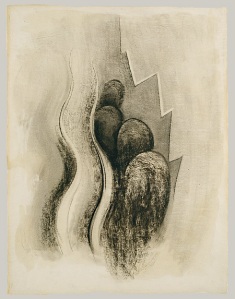
The collection of drawings by O’Keeffe is so complex and interesting. I really hope you enjoy the others, which can be found using this link:
http://contentdm.okeeffemuseum.org/cdm/search
In my opinion they are the very best of O’Keeffe.
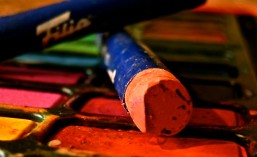
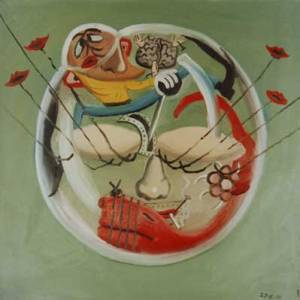
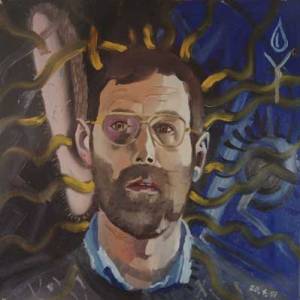
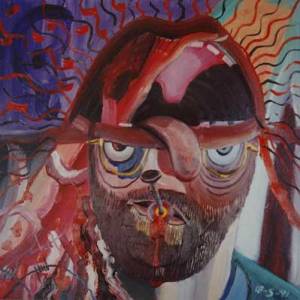
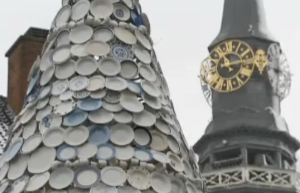
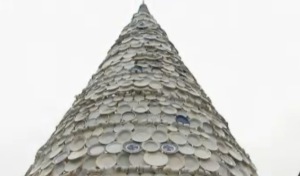
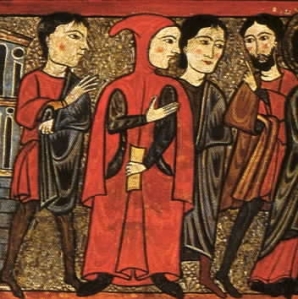
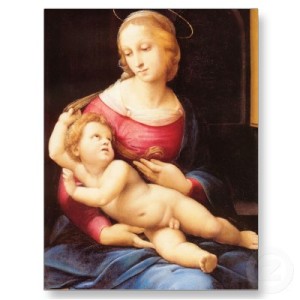


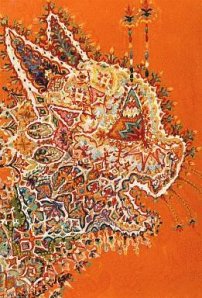
 The first forms of Buddhist art were found on pillars. A monarch named Ashoka, who ruled around 272 to 231 BCE, had helped spread Buddhism across India by the use of pillars. The pillars tended to portray pictures of the Buddha and keys aspects of his life, like his enlightenment, as well as earlier Indian beliefs. These pillars were quite Persian like and at first, had Indian subjects like cows, lions and elephants. These pillars seemed to be the first of Buddhist sculpture.
The first forms of Buddhist art were found on pillars. A monarch named Ashoka, who ruled around 272 to 231 BCE, had helped spread Buddhism across India by the use of pillars. The pillars tended to portray pictures of the Buddha and keys aspects of his life, like his enlightenment, as well as earlier Indian beliefs. These pillars were quite Persian like and at first, had Indian subjects like cows, lions and elephants. These pillars seemed to be the first of Buddhist sculpture.